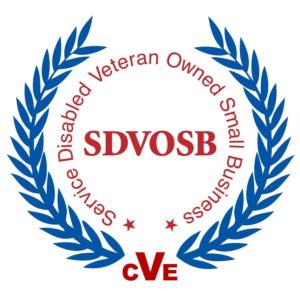Learn how to safely and lawfully use this life-saving resource for nighttime public safety operations
Small Unmanned Aerial Vehicles (sUAV) are powerful tools for first responders. However, the Federal Aviation Administration limits sUAS use to daylight hours unless certain conditions are met. In order to be operational 24-hours a day, organizations must acquire a waiver to operate during the hours of darkness. At a minimum, remote pilots must know the requirements to operate at night; including aircraft equipment. The FAA maintains that an “applicant must assure all required persons participating in the small unmanned aircraft operation have knowledge to recognize and overcome visual illusions caused by darkness, and understand physiological conditions which may degrade night vision.”
The Night Operations and small Unmanned Aircraft Systems course fulfills the knowledge based requirements necessary to obtain a waiver for Part 107.29 Daylight Operations. Students will:
- Receive six hours of nighttime flying (accomplished unaided and aided with FLIR technology)
- Use thermal imagery technology in the first responder environment
- Demonstrate support of nighttime public safety operations
- Understand the effects of physiology on night operations
- Identify visual illusions associated with night flying
- Develop techniques to mitigate the risks of night operations
- Examine equipment requirements for operating during hours of darkness
- Create a risk mitigation strategy for night operations
Course Length: 2 Days (16 hours)
Cost/Tuition: $775
Max Class Size: 15 Students
Student Requirements: FAA 107
Prerequisite: TDC 48-hour Unmanned Aircraft Systems Operator’s Course (strongly recommended)
Technical Level: UAS Operators and Supervisors

